Ultimate Guide to Understanding Li Ion Pack Technology and Its Market Potential
Table of Contents
- Overview of Lithium-Ion Battery Technology: Key Components and Functionality
- Market Trends: Growth Factors Driving Lithium-Ion Pack Adoption Across Industries
- Comparative Analysis of Lithium-Ion Packs vs. Other Battery Technologies
- Future Innovations: Emerging Trends in Lithium-Ion Battery Efficiency and Sustainability
- Investment Opportunities: Navigating the Lithium-Ion Pack Market Landscape
- FAQS
- Conclusion
- Related Posts
As the world increasingly shifts towards sustainable energy solutions, the demand for innovative technologies like the Li Ion Pack has skyrocketed. According to a recent report by Mordor Intelligence, the global lithium-ion battery market is projected to reach USD 129.3 billion by 2027, growing at a CAGR of 13.1% from 2020. Roofer Electronics Technology (Shanwei) Co., Ltd., with over 27 years of expertise in R&D and manufacturing of lithium batteries and energy storage systems, is at the forefront of this evolution. Our products are integral in various applications, including household energy storage, lead-acid battery replacements, power tools, electric bicycles, and more. Understanding Li Ion Pack technology is essential not only for leveraging its market potential but also for contributing to a greener future.
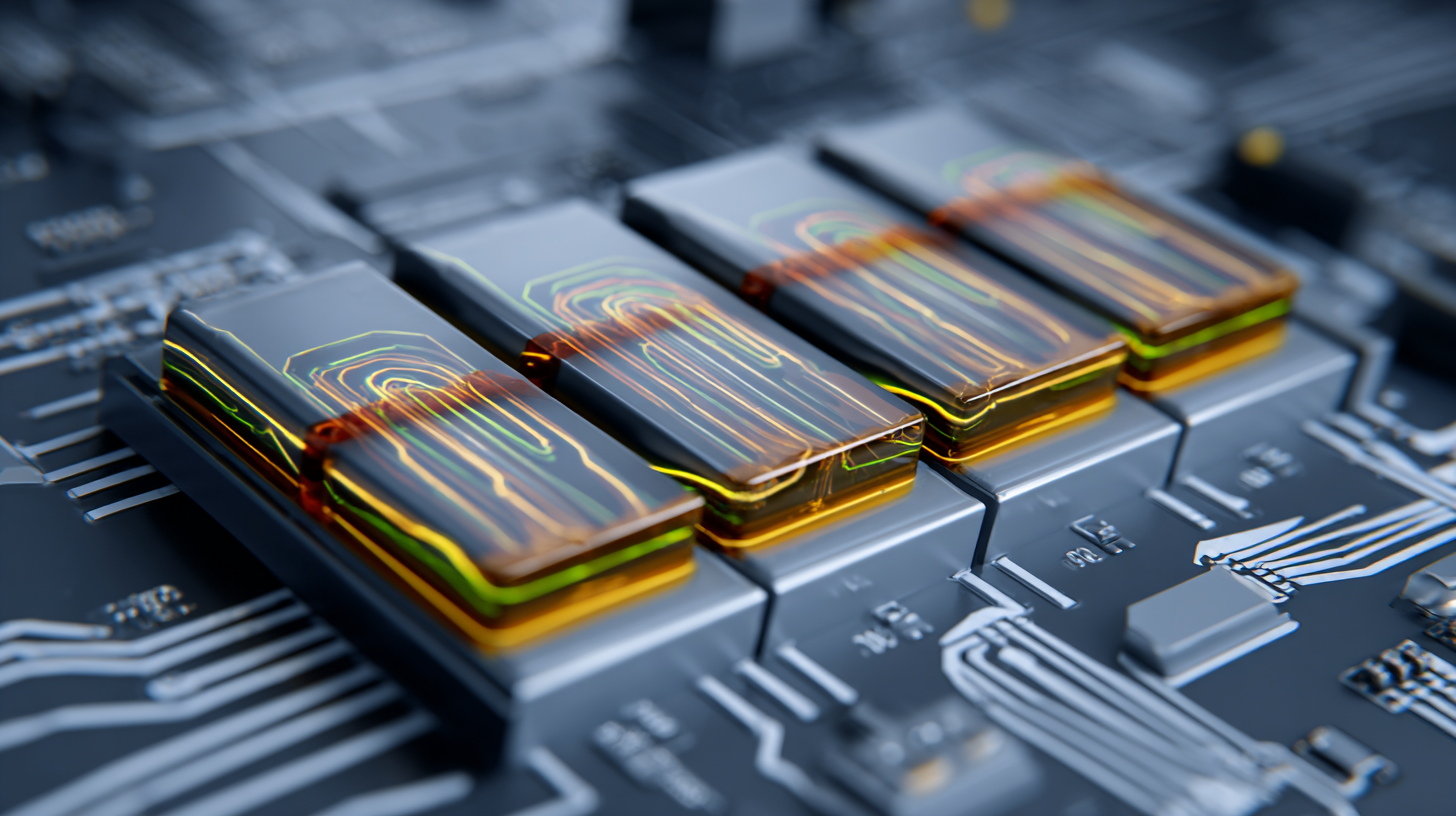
Overview of Lithium-Ion Battery Technology: Key Components and Functionality
Lithium-ion (Li-ion) batteries have revolutionized the energy storage landscape, powering everything from smartphones to electric vehicles. At the heart of this technology lie several key components that contribute to its remarkable performance. The anode, usually made from graphite, serves as the negative electrode, while the cathode is often composed of lithium metal oxides, providing a positive charge. The electrolyte, typically a lithium salt in an organic solvent, facilitates the movement of lithium ions between the electrodes during charging and discharging cycles.
One of the defining features of Li-ion technology is its high energy density, which allows for more energy storage in a smaller, lighter package compared to traditional battery chemistries. This efficiency not only enables longer usage times for devices but also enhances the range of electric vehicles. Additionally, the incorporation of advanced materials and manufacturing techniques has led to improved thermal stability and safety. As the demand for sustainable energy solutions continues to grow, understanding the intricacies of Li-ion battery technology is crucial for harnessing its full market potential, driving innovation in various sectors, and promoting a transition towards cleaner energy sources.
Market Trends: Growth Factors Driving Lithium-Ion Pack Adoption Across Industries
The market for lithium-ion battery packs is experiencing unprecedented growth, driven by a surge in demand across multiple industries. According to a recent report by Grand View Research, the global lithium-ion battery market is expected to reach USD 129.3 billion by 2027, expanding at a CAGR of 17.2%. This growth is largely attributed to the increasing adoption of electric vehicles, energy storage systems, and portable electronic devices, all of which rely heavily on the efficiency and performance of lithium-ion technology.
In addition to transportation, sectors such as renewable energy and consumer electronics are further propelling the demand for lithium-ion packs. Roofer Electronics Technology (Shanwei) Co., Ltd., with over 27 years of expertise in R&D and manufacturing, is well-positioned to meet these evolving needs. With an extensive product line that facilitates household energy storage, lead-acid battery replacements, and applications in power tools and electric bicycles, Roofer is at the forefront of this technology revolution. The company's commitment to innovation ensures that it delivers not only high-quality batteries but also optimized energy solutions tailored to industry demands.
As market dynamics shift towards sustainable energy sources, investments in lithium-ion technology remain crucial for future growth across various sectors.
Comparative Analysis of Lithium-Ion Packs vs. Other Battery Technologies
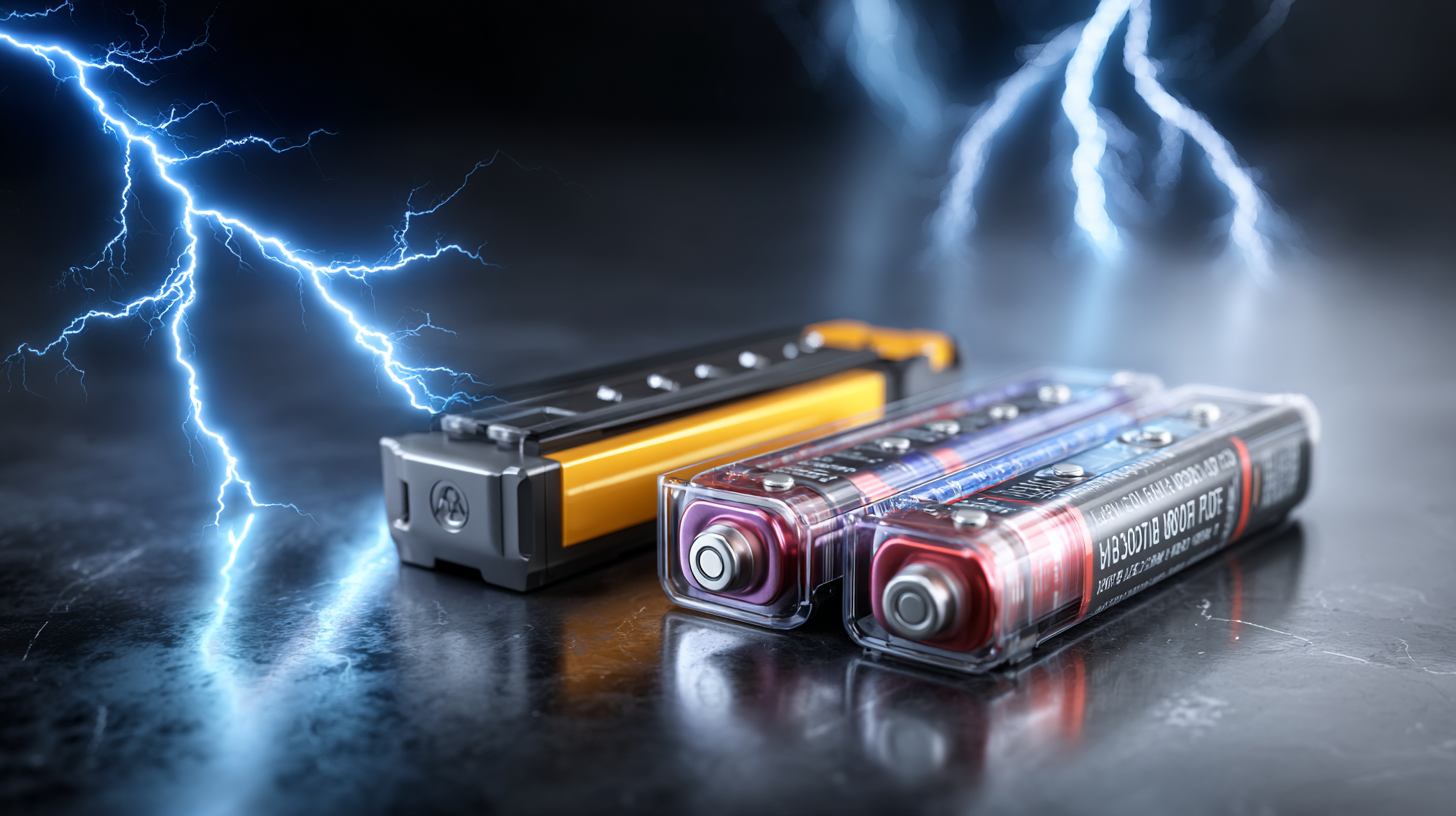 In the ever-evolving landscape of energy storage, lithium-ion (Li-ion) technology stands out for its impressive energy density and efficiency compared to other battery types. When juxtaposed with lead-acid batteries, for instance, Li-ion packs provide significantly greater energy capacity and longevity, making them the preferred choice in applications ranging from electric vehicles to portable electronics. Lead-acid batteries often suffer from shorter lifespans and heavier weights, which can be problematic for modern applications looking for efficiency and mobility.
In the ever-evolving landscape of energy storage, lithium-ion (Li-ion) technology stands out for its impressive energy density and efficiency compared to other battery types. When juxtaposed with lead-acid batteries, for instance, Li-ion packs provide significantly greater energy capacity and longevity, making them the preferred choice in applications ranging from electric vehicles to portable electronics. Lead-acid batteries often suffer from shorter lifespans and heavier weights, which can be problematic for modern applications looking for efficiency and mobility.
Moreover, lithium-ion has begun to outperform nickel-metal hydride (NiMH) batteries as well. While NiMH has enjoyed considerable use in hybrid vehicles and electronic devices, the growing demand for greater energy density and faster charging times positions Li-ion as the more favorable technology. With ongoing advancements in lithium-ion chemistry, including solid-state options, its potential for safety and performance improvements continues to expand, solidifying its role as a dominant player in the global battery market. The comparative advantages of lithium-ion packs not only highlight their current market potential but also suggest a brighter future as innovation in this sector marches onward.
Future Innovations: Emerging Trends in Lithium-Ion Battery Efficiency and Sustainability
As we delve into the future innovations in lithium-ion battery technology, a monumental shift toward efficiency and sustainability stands at the forefront. With the global solid-state battery market projected to grow significantly, reaching an estimated value of $98.96 million in 2024 and soaring to $1.3598 billion by 2032, the momentum for advancements in battery design and materials is undeniable. These solid-state batteries promise enhanced energy densities, longer lifespans, and improved safety profiles, which are vital for applications ranging from electric vehicles to renewable energy storage.
Emerging trends also indicate a growing focus on the sustainability of battery production and recycling processes. Innovations aim to minimize the environmental impact of lithium extraction and battery disposal. Companies are exploring new materials that reduce reliance on scarce resources, while recycling initiatives are on the rise, allowing for the recovery and reuse of valuable components. As we move forward, it is crucial that the battery technology sector embraces these trends, not only to enhance performance but also to ensure a greener, more sustainable future for energy storage solutions.
Ultimate Guide to Understanding Li Ion Pack Technology and Its Market Potential
| Aspect | Current Value | Projected Value (2025) | Trend Indicator |
|---|---|---|---|
| Global Lithium-Ion Battery Market Size | $37 billion | $93 billion | High Growth |
| Efficiency Improvement per Year | 5% | 15% | Positive Trend |
| Recycling Rate of Li-Ion Batteries | 30% | 55% | Improving |
| Electric Vehicle Adoption Rate | 3% | 20% | Rapid Growth |
| Investment in Battery Technology | $10 billion | $30 billion | Increased Focus |
Investment Opportunities: Navigating the Lithium-Ion Pack Market Landscape
As the demand for renewable energy solutions accelerates, the lithium-ion (Li-ion) pack market is gaining unprecedented traction. Investors are increasingly eyeing this sector for its potential to capitalize on the transition towards sustainable energy sources. With applications ranging from electric vehicles (EVs) to grid storage systems, understanding the diverse opportunities within this landscape is crucial for making informed investment decisions.
The rise of EVs alone presents a significant opportunity for investors, as global sales of electric cars continue to surge. This trend is complemented by advancements in battery technology, which promise to enhance performance and reduce costs. Additionally, the ongoing development of energy storage systems for solar and wind power generation opens new avenues for investment in Li-ion technology. Companies that innovate in energy density, charging speed, and lifecycle management will likely play pivotal roles in shaping the future of energy storage, making them attractive targets for investors looking to navigate this rapidly evolving market.
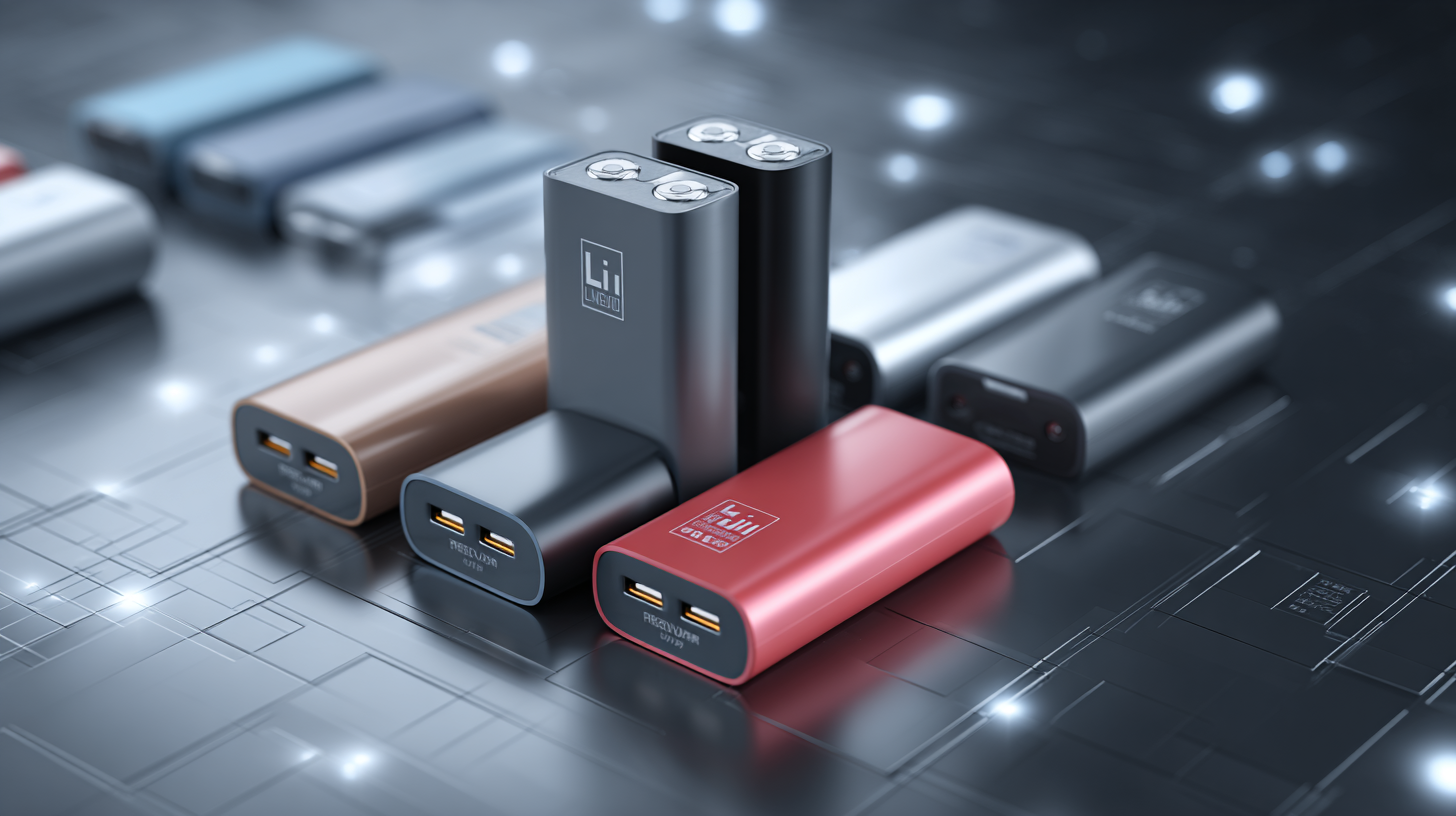
FAQS
: The growth is primarily driven by increasing demand from electric vehicles, energy storage systems, and portable electronic devices, as well as advancements in battery technology.
The global lithium-ion battery market is expected to reach USD 129.3 billion by 2027.
Lithium-ion batteries provide significantly greater energy capacity and longevity compared to lead-acid batteries, making them the preferred option for various applications.
Li-ion packs outperform NiMH batteries in terms of energy density and charging times, making them more favorable for modern applications.
Roofer Electronics Technology is a manufacturer with over 27 years of expertise in R&D, providing high-quality lithium-ion batteries for various applications, such as household energy storage and power tools.
Lithium-ion batteries are widely used in electric vehicles, energy storage systems, portable electronics, power tools, and electric bicycles.
Ongoing advancements, including solid-state battery technology, enhance safety and performance, solidifying lithium-ion's role as a dominant player in the battery market.
Lithium-ion batteries have advantages such as higher energy density, longer lifespans, and lighter weights compared to traditional lead-acid and NiMH batteries.
Investments in lithium-ion technology are crucial for sustainable energy sources and support future growth across various industries, especially as the market dynamics shift.
Roofer's product line facilitates household energy storage and provides lead-acid battery replacements, optimizing energy solutions tailored to industry demands.
Conclusion
In the "Ultimate Guide to Understanding Li Ion Pack Technology and Its Market Potential," we explore the intricate components and functionalities that define lithium-ion battery technology. With a focus on market trends, we highlight the key growth factors driving the adoption of Li Ion Packs across various industries, underscoring their advantages over alternative battery technologies. As innovations emerge, we delve into future advancements aimed at enhancing the efficiency and sustainability of Li Ion Packs, positioning them as critical components in the transition toward greener energy solutions.
Additionally, we discuss the investment opportunities within the lithium-ion battery landscape, revealing how companies like Roofer Electronics Technology (Shanwei) Co., Ltd., with over 27 years of expertise in R&D and manufacturing, are leading the charge in providing reliable battery solutions for applications ranging from household energy storage to electric bicycles. This guide serves as an essential resource for understanding the potential and future trajectory of Li Ion Packs in a rapidly evolving market.
Related Posts
-
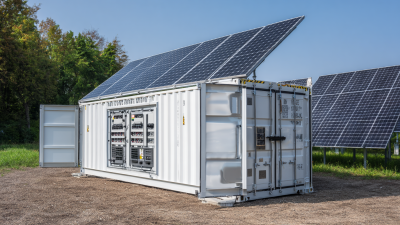
Advantages of Utilizing Battery Solar Lithium 51.2v Lithium Solar Battery for Sustainable Energy Solutions
-
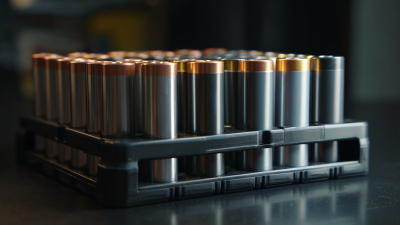
How to Optimize Your Lifepo4 Battery Rack for Maximum Efficiency
-
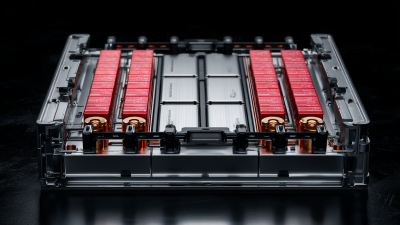
Why Lithium Iron Phosphate Batteries Stand Out Among Other Battery Technologies
-
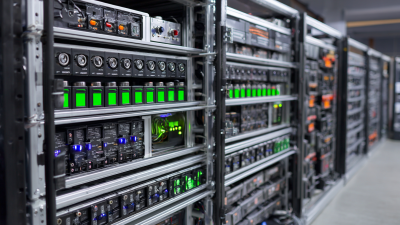
Your Ultimate Guide to Selecting Battery Racks for Optimal Performance and Safety in Energy Storage Systems
-

Unlocking Energy Independence: The Top Advantages of Powerwall Battery Systems for Homeowners
-
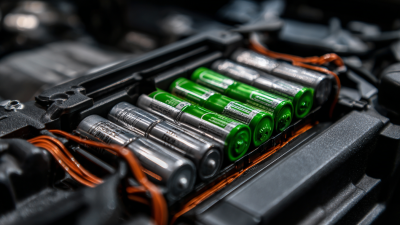
How to Maximize Efficiency with Your Lithium Ion Battery Pack
Blog Tags:





 business@roofer.cn
business@roofer.cn +86 13502883088
+86 13502883088






